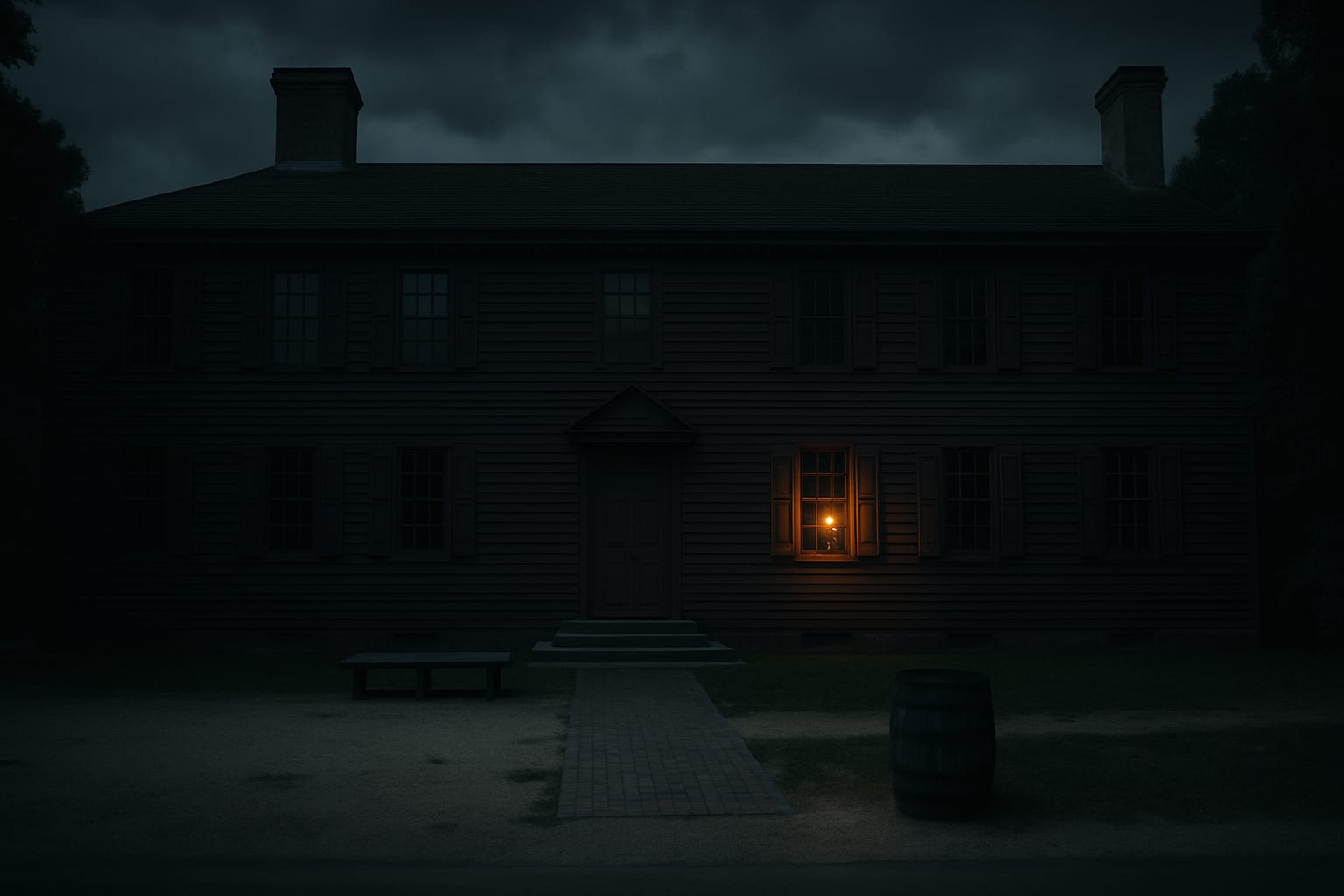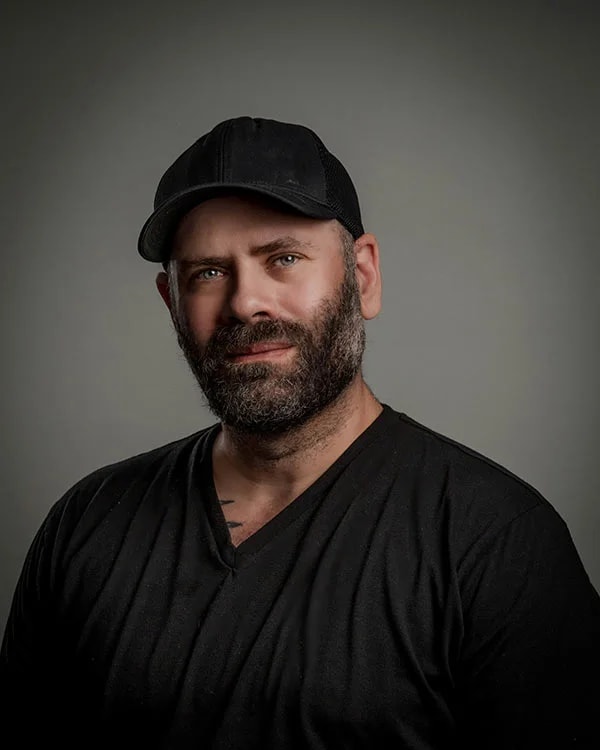Where Evil Accumulates
The Peyton Randolph House doesn't just host ghosts - it manufactures them. This sprawling colonial mansion has witnessed more death, violence, and tragedy per square foot than perhaps any other American residence. Peyton Randolph, the first President of the Continental Congress, owned this house, but its paranormal activity predates and postdates his residency. Paranormal investigators consistently rank this as America's most haunted house, with over 30 identified spirits and countless unexplained phenomena. The house seems to be a supernatural magnet, attracting and trapping spirits from different eras who continue their conflicts in death.
Centuries of Violence
The Native American Curse
The land was taken from the Powhatan tribe through violence and deception. Legend says a dying shaman cursed the ground, declaring that all who lived here would know suffering. The curse seems active - every family who owned the house experienced tragedy, death, and madness.
The Revolutionary Murders
During the Revolution, British soldiers were quartered here against the family's will. Three soldiers were found murdered in their beds, their throats cut. The killer was never identified. These soldiers still patrol the house, blood dripping from wounds that never heal, searching for their murderer.
The Civil War Hospital
The house served as a Confederate hospital where hundreds died in agony. Amputations were performed without anesthesia in the dining room. Blood soaked so deeply into the floors that it still seeps up during humid weather. The screams of dying soldiers echo nightly.
The House's Supernatural Army
The Evil Entity
A non-human entity, possibly demonic, inhabits the basement. It appears as a massive shadow figure with red eyes, emanating pure malevolence. This entity seems to control other spirits, forcing them to terrorize visitors. Multiple exorcisms have failed to remove it.
The Murdered Soldiers
Three British soldiers appear with slit throats, blood eternally flowing. They attack anyone wearing blue (mistaking them for Continental soldiers) and search every room for their killer. Guests report being choked by invisible hands and waking to find bloody handprints on their necks.
The Little Girl
A young girl in colonial dress, identity unknown, appears throughout the house. Unlike typical child ghosts, she's malevolent, pushing people down stairs, starting fires, and laughing at others' distress. She seems controlled by the basement entity.
Peyton Randolph
Randolph himself appears in his study, unaware he's dead, still working on Continental Congress documents. When disturbed, he becomes violent, throwing objects and screaming about British tyranny. He seems trapped in 1775, reliving the days before independence.
Extreme Phenomena
Physical Attacks
The Randolph House ghosts don't just manifest - they assault. Visitors report being pushed, scratched, choked, and burned. Several people have been hospitalized after encounters. The attacks seem targeted at skeptics and those who show disrespect.
The Time Vortex
The house exists in multiple time periods simultaneously. Visitors report seeing the house shift between centuries - colonial, Revolutionary, Civil War, and modern - within seconds. Some experience missing time, entering in daylight and emerging hours later in darkness with no memory of the intervening hours.
The Possession Risk
Multiple cases of temporary possession have been documented. Visitors suddenly speak in different voices, claim to be people who died centuries ago, and exhibit knowledge they couldn't possess. The basement entity seems capable of using living people as vessels.
Enter at Your Extreme Risk
The Peyton Randolph House operates as a museum, though large sections remain closed to the public for 'safety reasons.' Staff members are remarkably candid about the hauntings if asked directly, sharing experiences that would close most businesses. Daytime tours are unsettling, with cold spots, moving shadows, and the constant feeling of being watched. Evening programs, when offered, require signed waivers. Several ghost tours skip this house entirely, considering it too dangerous. The basement is completely off-limits to the public after multiple injuries and psychological incidents. Even staff members won't enter alone. The evil presence there is so strong that sensitive individuals feel it from the street. Photography is allowed but often produces disturbing results - faces in windows, shadow figures, and sometimes images of injuries on visitors that weren't visible to the eye. Many cameras and phones malfunction or break entirely. The Peyton Randolph House offers genuine paranormal danger. This isn't entertainment - it's an encounter with forces that wish harm to the living. The house seems to feed on fear, growing stronger with each terrified visitor. If you choose to visit, go protected - whether by faith, sage, or simple respect. Never provoke the spirits, never enter alone, and never, ever, attempt to reach the basement. Some doors should remain closed, and some ghosts should remain undisturbed.

